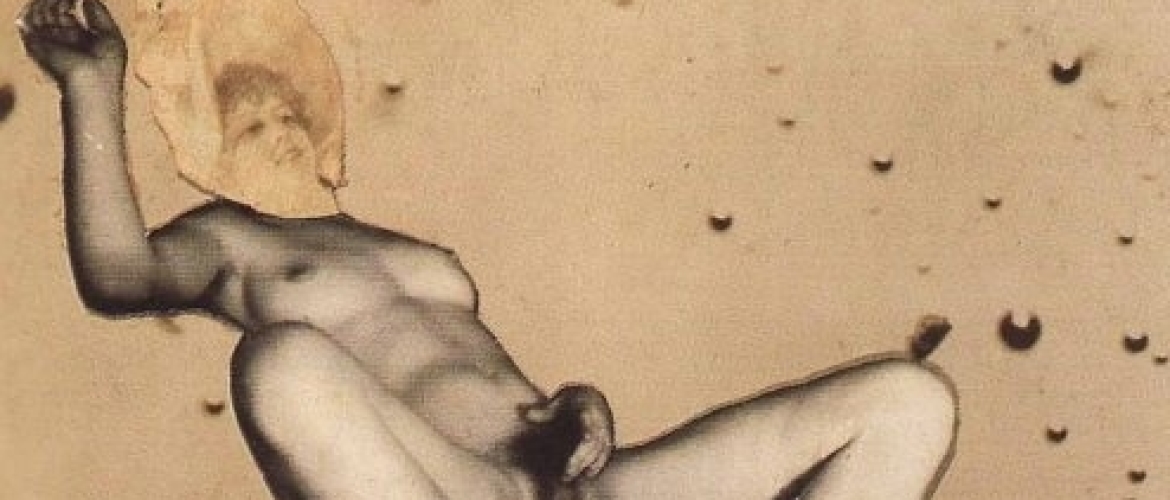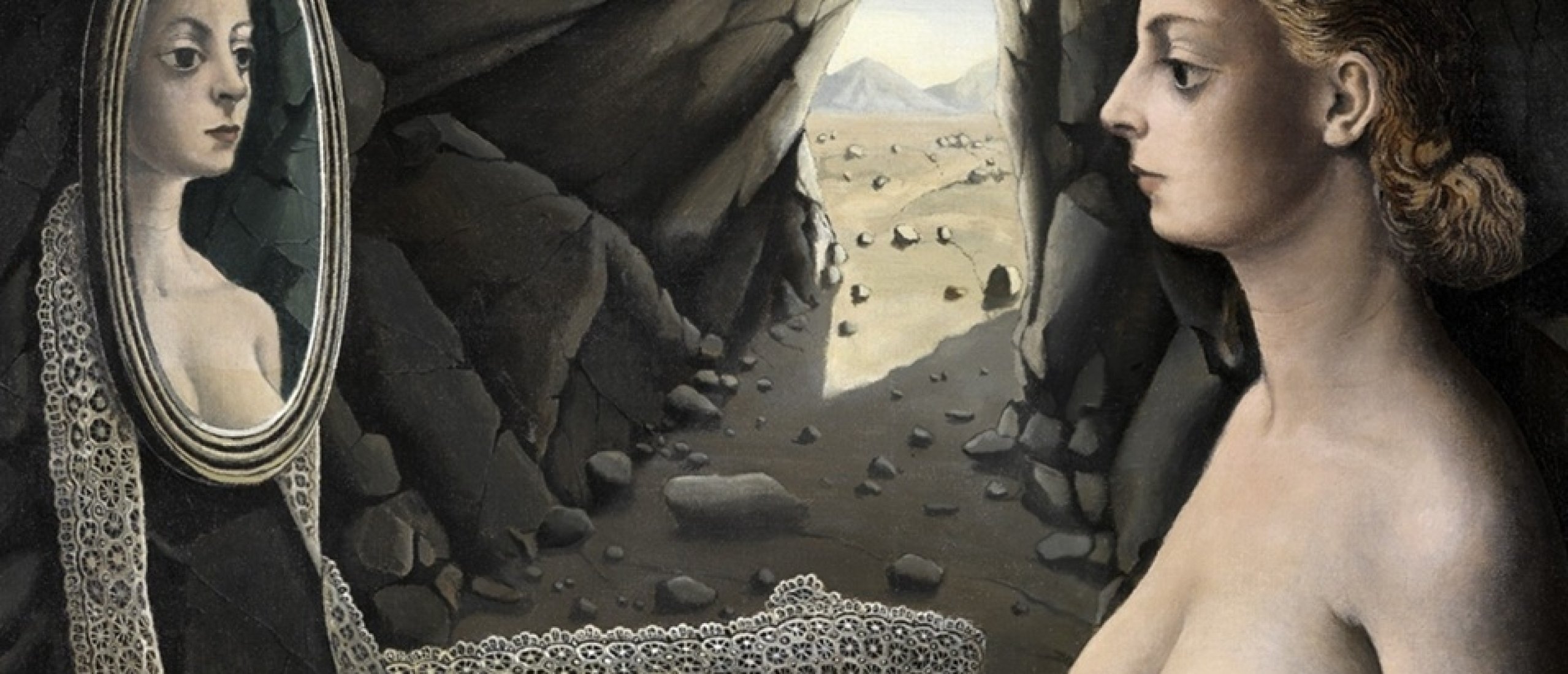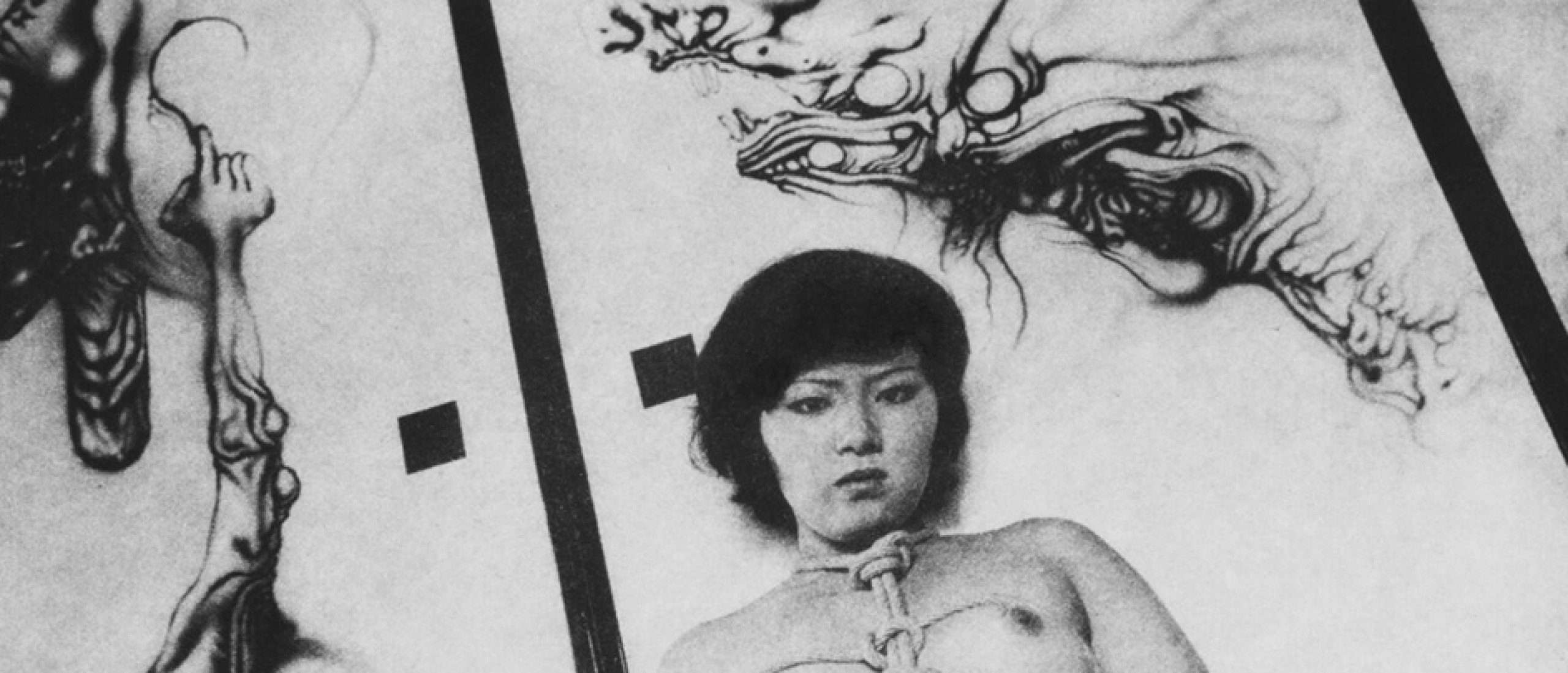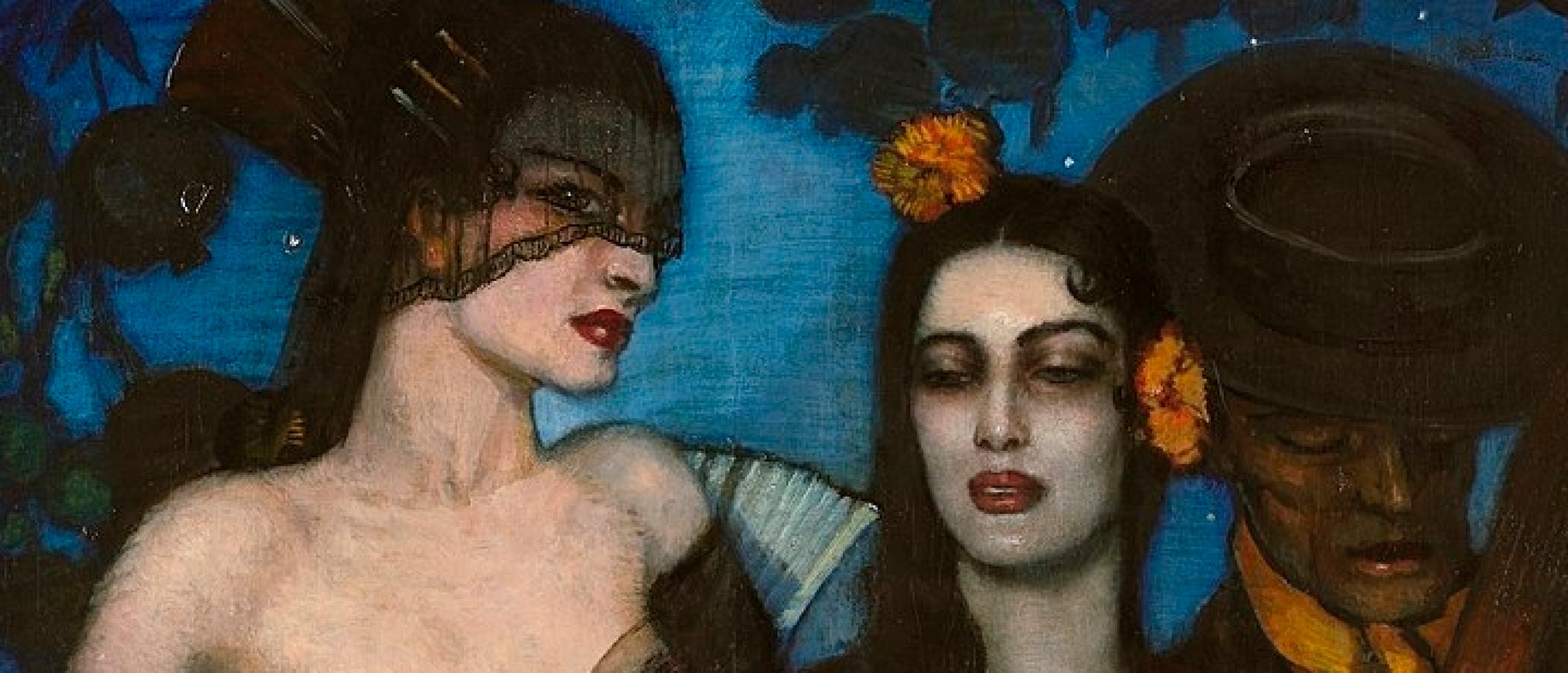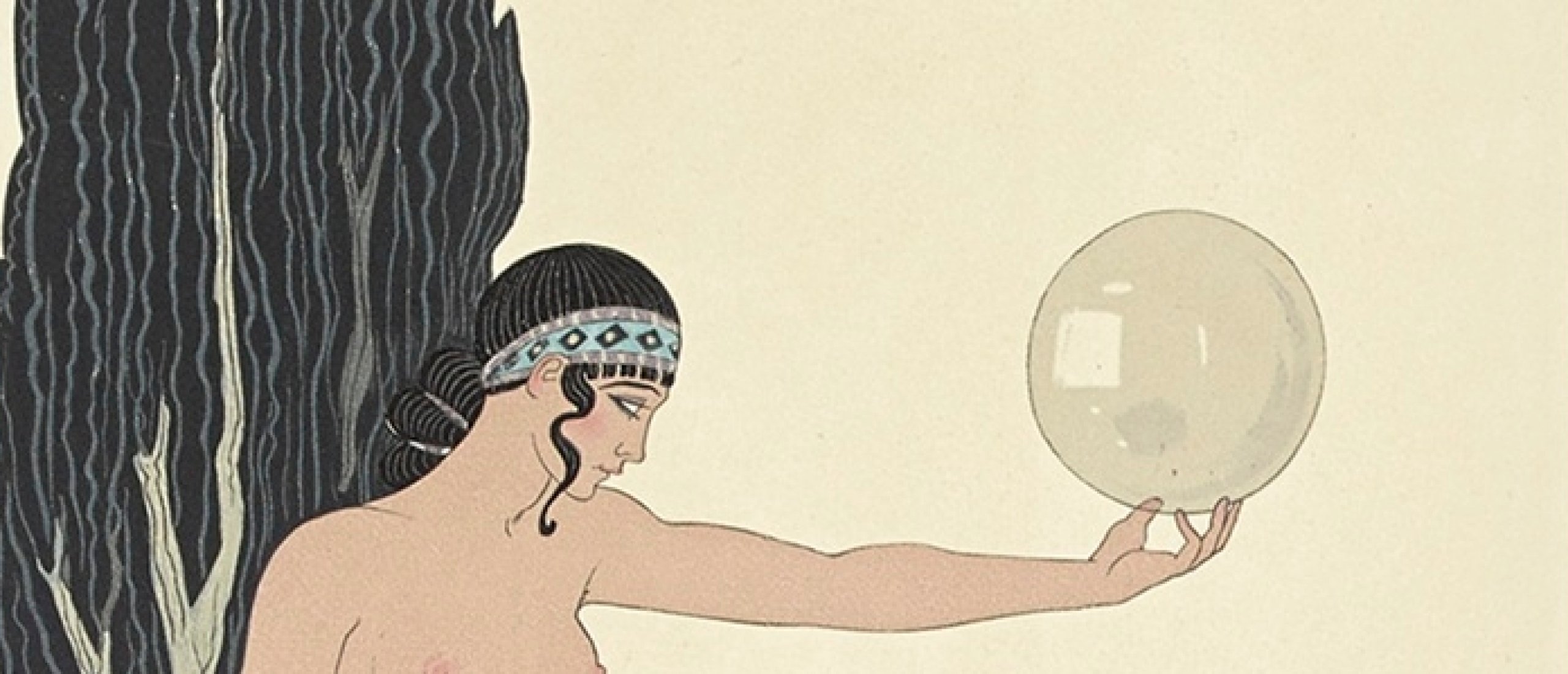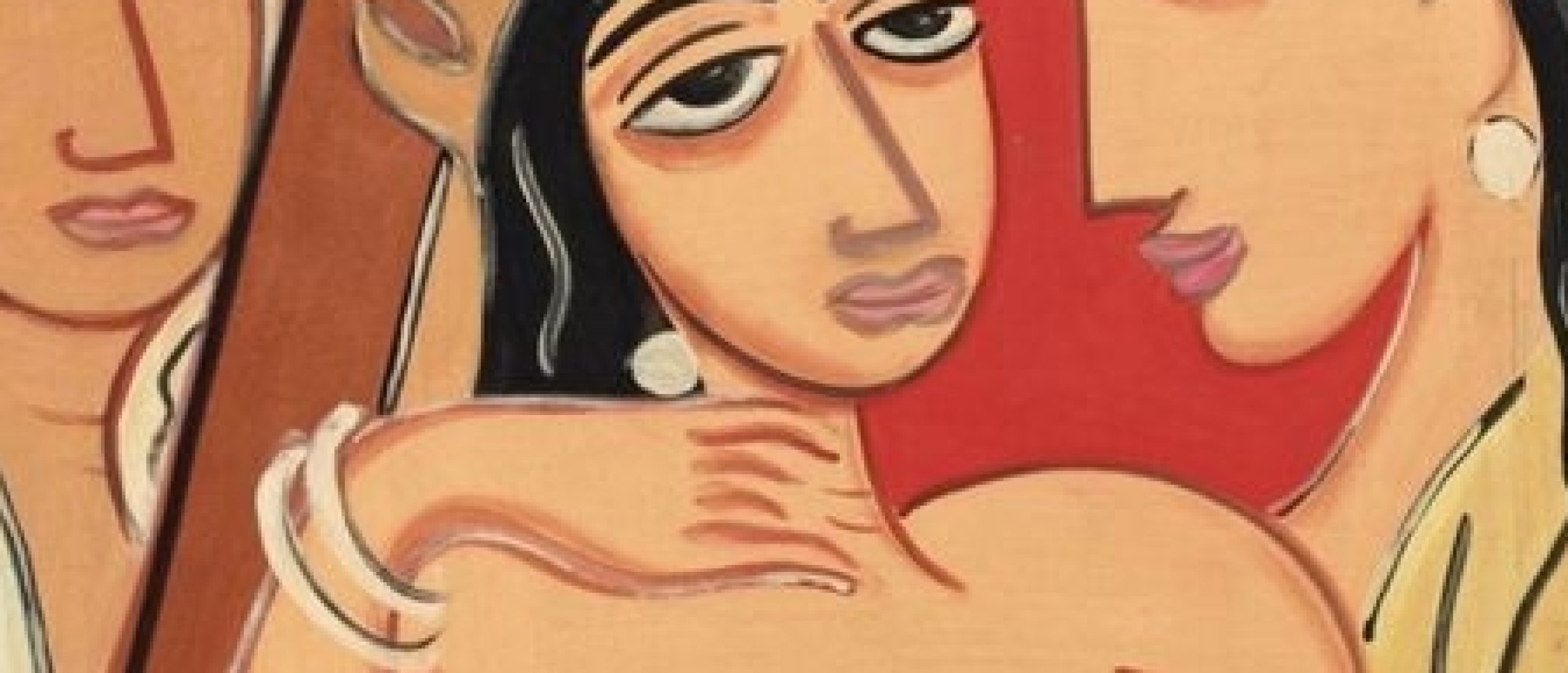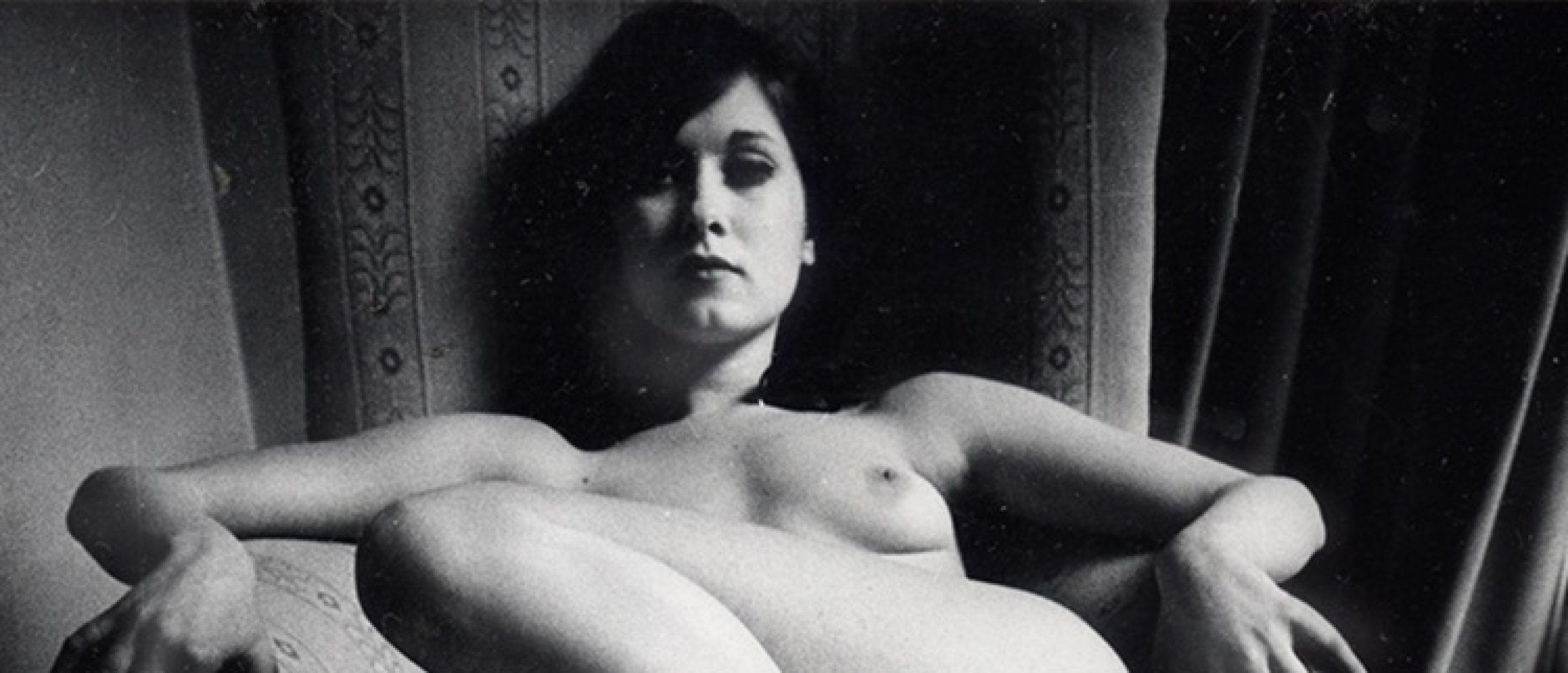
Ambiguity and Eroticism
The work of German artist Paul Wunderlich (1927-2010) is one of the most compelling of post-war Europe. As a painter, sculptor, draftsman, graphic designer, and master of lithography, Paul Wunderlich constructed a visual universe in which eroticism is intertwined with metamorphosis, mythology, the human body, and the play of the gaze. Upon immersing oneself in his images, it is impossible not to be touched by an eroticism that is at times subtle, at times explicit, but always shrouded in a layer of ambiguity that escapes easy categorization. Eroticism in the work of Paul Wunderlich articulates the body and sex with fantasy, artifice, and the reinvention of forms, through a "combinatorial eroticism" that manifests itself through metamorphosis and a technical perfection bordering on the disturbing. Aligned with the tradition of the capriccio (a pictorial fantasy that brings together buildings, archaeological ruins, and other invented architectural elements, often derived from fantastical combinations), Paul Wunderlich treats the body and sex not as expressions of an inner truth, but as elements in a game that often transforms sensuality into an intellectual challenge.
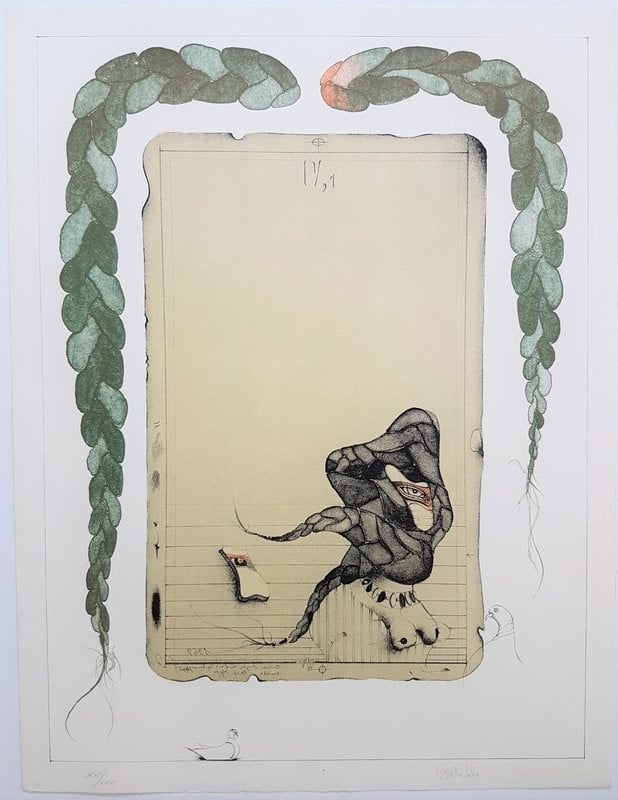
Fig.1 From the Song of Songs Salome IV
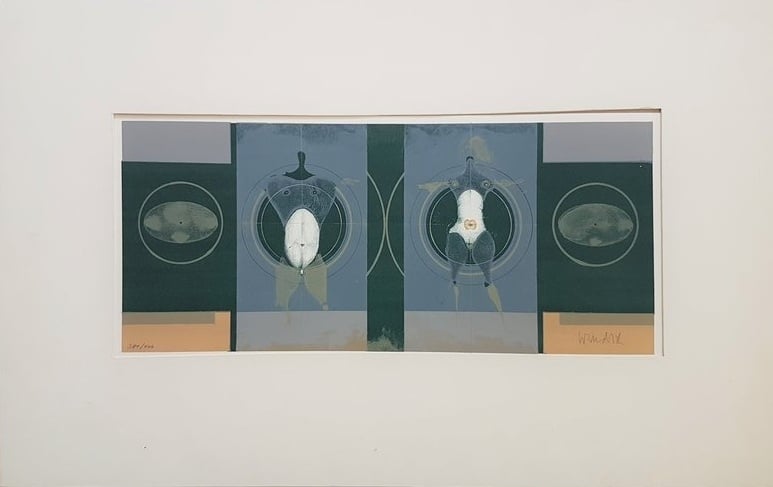
Fig.2 Altweibersomer (cover for book by Karl Mickinn), 1980
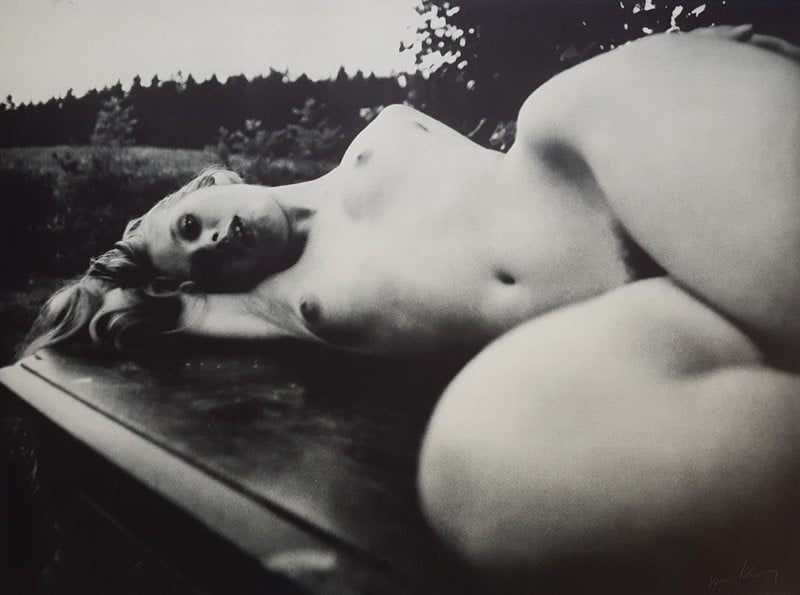
Fig.3 From portfolio Twilight with Karin Szekess
Eroticism and Calculation
Paul Wunderlich's technical mastery was often a source of misunderstanding, as the formal control of his images, from which the precision of his drawings, with their balanced compositions and sophisticated textures, is evident, generated both astonishment and suspicion, as if technical mastery were incompatible with artistic "authenticity." In an artistic culture that often values the "marks of struggle" of the artist with their work, Paul Wunderlich's elegance and precision were analyzed as "mere virtuosity," an exercise in stylistic self-indulgence. This criticism, however, fails to grasp a fundamental principle of his art: perfection is not the enemy of expression but a necessary condition for ambiguity. Risk, equivocation, and the multivalent demand an exact formulation. It is precisely the calculation and "coldness" of his execution that create an "unsafe ground" for the viewer, an "ice" upon which the habitual movements of feeling do not function. It is perhaps no coincidence that Paul Wunderlich even designed a chess set, as his entire body of work can be understood as a board on which rules, pieces, and positions are in constant redefinition. Eroticism, in this game, is the movement of the pieces, something that displaces, creates tensions, and challenges the viewer to take a position, however uncomfortable.
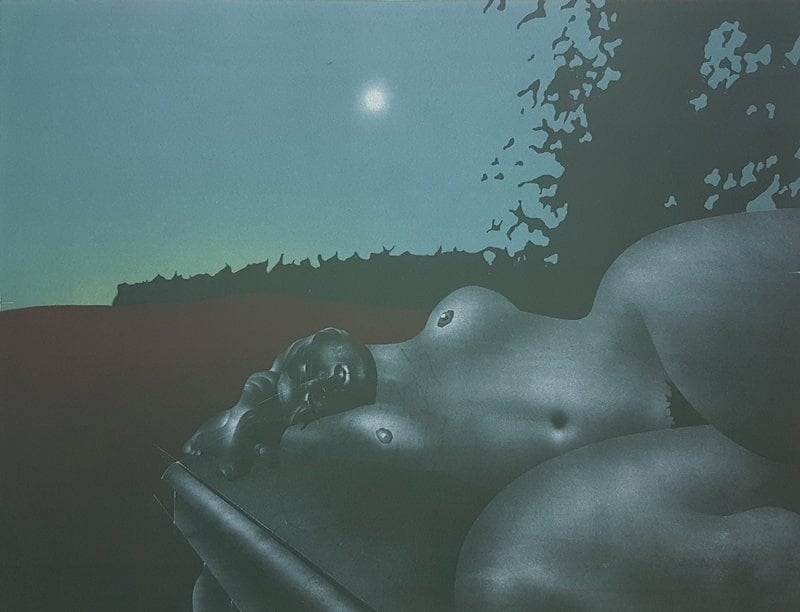
Fig.4 From portfolio Twilight with Karin Szekess
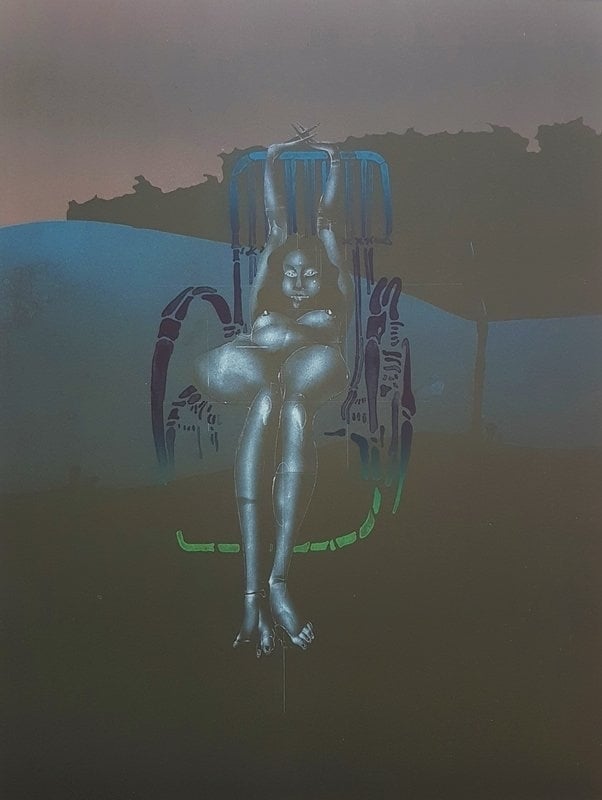
Fig.5 From portfolio Twilight with Karin Szekess
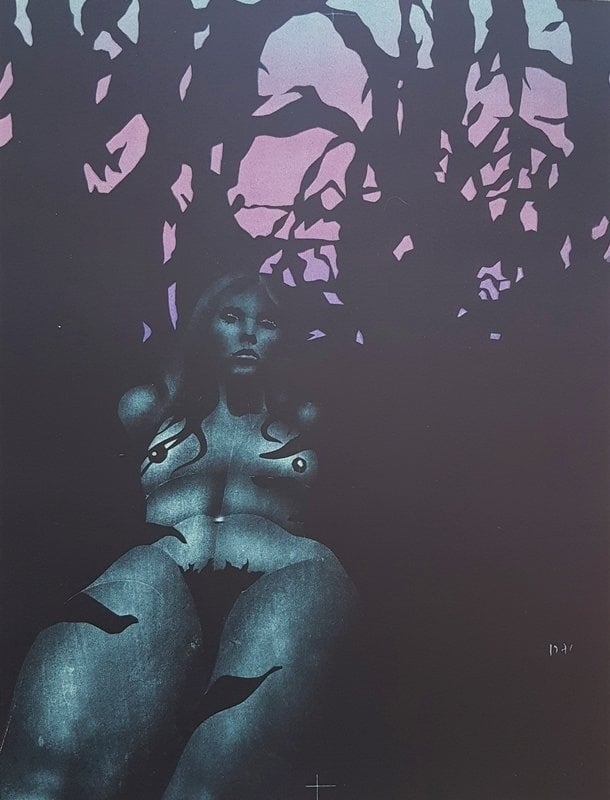
Fig.6 From portfolio Twilight with Karin Szekess
Become a Premium member now and learn more about Paul Wunderlich's technique and how it fits into this lineage that is at once classical and experimental, an in-depth analysis of his erotic aesthetics, his portrayal of the Leda and the Swan mythology, many additional artworks, and (MUCH) much more...!!
Click HERE for an article about the Israeli artist Irina Karkabi examining her sensual references to Gustav Klimt
Let us know your thoughts on Wunderlich's surreal eroticism in the comment box below...!!

